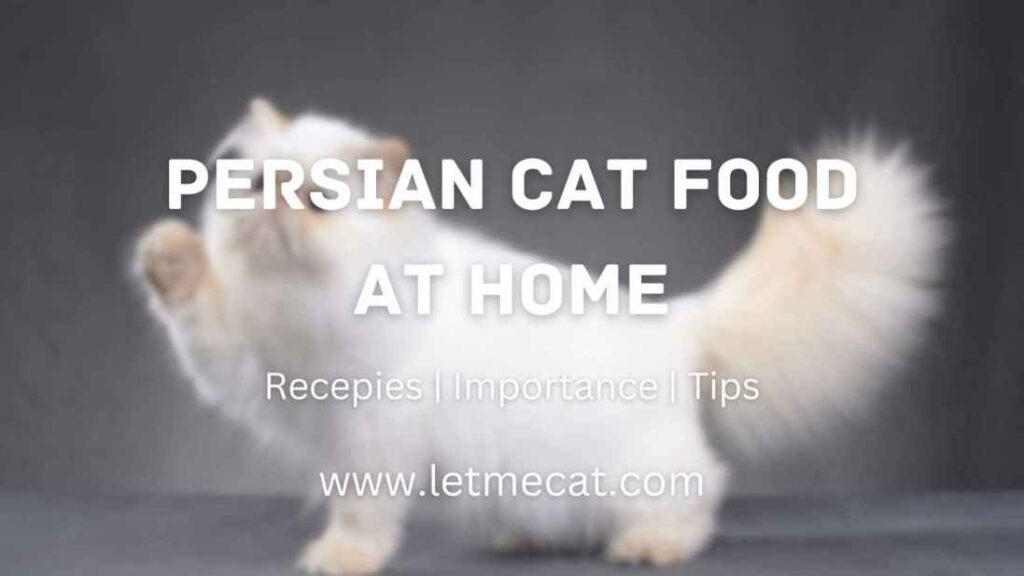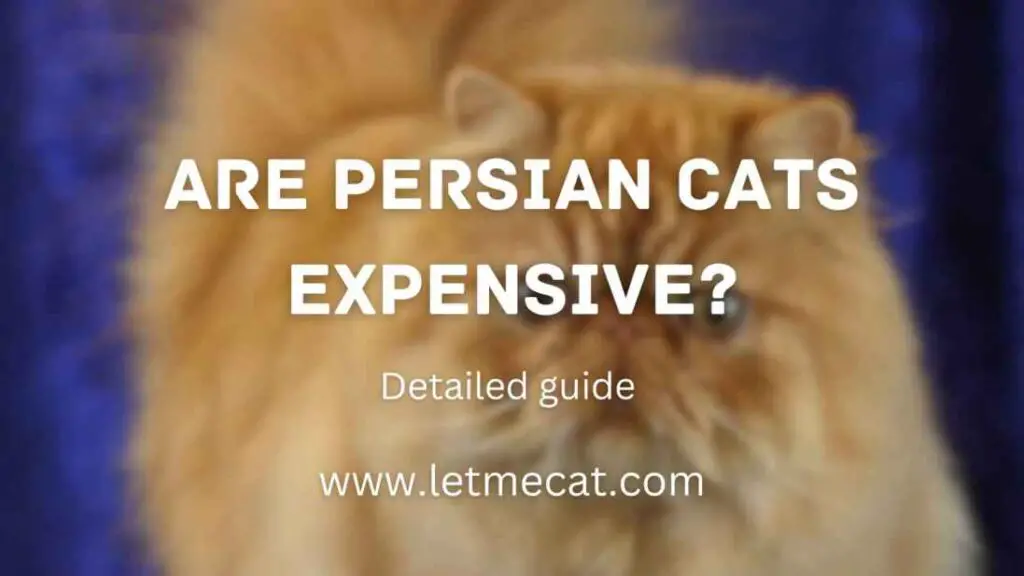In this article, we will explore how to create a nutritious and delicious meal plan for your Persian cat at home. We will cover everything from the basics of feline nutrition to specific ingredients and recipes that your furry friend will love.
Understanding Persian Cat Nutrition
Before we dive into the specifics of creating a meal plan for your Persian cat, it’s important to understand their nutritional needs. Like all cats, Persian cats require a diet that is high in protein and fat, and low in carbohydrates.
Additionally, they need specific nutrients such as taurine, which is essential for heart health, and arginine, which is important for kidney function.
The Importance of Protein in a Persian Cat’s Diet
Protein is essential for your cat’s health and well-being. It provides the building blocks for muscles, organs, and other tissues.
Persian cats require a diet that is high in animal-based protein, such as chicken, turkey, beef, and fish. Plant-based protein sources, such as soy, are not as easily digestible for cats.
The Role of Fat in a Persian Cat’s Diet
Fat is an important source of energy for cats, and it also helps to maintain healthy skin and coat.
Persian cats require a diet that is high in animal-based fat, such as chicken fat, salmon oil, and beef fat. Plant-based fats, such as vegetable oil, are not as easily digestible for cats.
The Importance of Taurine and Arginine in a Persian Cat’s Diet
Taurine and arginine are both essential amino acids that Persian cats require in their diet.
Taurine is important for heart health, while arginine is necessary for kidney function. These nutrients are found in animal-based protein sources, such as chicken and fish.
Creating a Meal Plan for Your Persian Cat
Now that you understand the nutritional needs of your Persian cat, it’s time to create a meal plan that will meet those needs. Here are some tips and ideas to get you started:
Tip 1: Choose High-Quality Protein Sources
As we mentioned earlier, Persian cats require a diet that is high in animal-based protein. When choosing protein sources for your cat, look for high-quality options such as chicken, turkey, beef, and fish.
Avoid plant-based protein sources, such as soy, as they are not as easily digestible for cats.
Tip 2: Include Healthy Fats in Your Cat’s Diet
Fat is an important source of energy for cats, and it also helps to maintain healthy skin and coat. When choosing fat sources for your Persian cat, look for animal-based options such as chicken fat, salmon oil, and beef fat.
Avoid plant-based fats, such as vegetable oil, as they are not as easily digestible for cats.
Tip 3: Incorporate Taurine and Arginine-Rich Ingredients
As we mentioned earlier, taurine and arginine are essential nutrients for Persian cats. These nutrients are found in animal-based protein sources, such as chicken and fish.
When creating your cat’s meal plan, be sure to include ingredients that are rich in taurine and arginine.
Tip 4: Avoid Carbohydrates
Cats are obligate carnivores, which means that they require a diet that is high in protein and fat, and low in carbohydrates. Carbohydrates are not a necessary component of a cat’s diet, and they can contribute to weight gain and other health issues.
When creating your cat’s meal plan, avoid ingredients such as grains and potatoes, which are high in carbohydrates.
Tip 5: Rotate Protein Sources and Ingredients
Variety is important in your cat’s diet, as it ensures that they receive a range of nutrients. When creating your cat’s meal plan, rotate protein sources and ingredients to provide a balanced diet.
This also helps to prevent your cat from developing food sensitivities or allergies.
Tip 6: Consult with Your Vet
Creating a meal plan for your Persian cat can be challenging, especially if you have little experience with feline nutrition.
It’s always a good idea to consult with your vet, who can provide you with guidance and recommendations based on your cat’s individual needs.
Recipes for Homemade Persian Cat Food
Creating a homemade meal plan for your Persian cat can be a rewarding experience, and it can also be cost-effective. Here are some recipes to get you started:
Recipe 1: Chicken and Sweet Potato Stew
Ingredients:
- 1 pound boneless, skinless chicken breast
- 1 sweet potato, peeled and diced
- 1/2 cup green beans, trimmed
- 1/2 cup carrots, peeled and chopped
- 1/4 cup chicken broth
- 1 tablespoon olive oil
Instructions:
- Heat the olive oil in a large skillet over medium heat.
- Add the chicken and cook until browned on both sides, about 5 minutes.
- Add the sweet potato, green beans, carrots, and chicken broth to the skillet. Stir to combine.
- Cover the skillet and simmer until the vegetables are tender and the chicken is cooked through about 15 minutes.
- Let the stew cool before serving it to your cat.
Recipe 2: Salmon and Brown Rice
Ingredients:
- 1 can of wild-caught salmon, drained and flaked
- 1/2 cup brown rice, cooked
- 1/4 cup frozen peas
- 1 tablespoon olive oil
Instructions:
- Combine the salmon, brown rice, and frozen peas in a bowl.
- Add the olive oil and stir to combine.
- Serve the mixture to your cat at room temperature.
Conclusion
Creating nutritious and delicious Persian cat food at home is possible, with a little knowledge and effort. Remember to focus on high-quality protein and fat sources, avoid carbohydrates, and consult with your vet. By following these tips and recipes, you can provide your furry friend with a diet that will support their health and well-being.
Thank you for reading this article.




Pingback: Are Persian Cats Good Pets? - Let Me Cat
Pingback: Are Persian Cats Expensive? Why And How - Let Me Cat
Pingback: Persian Cat Health Issues - Weight, Eye, Kidney, More - Let Me Cat
Pingback: High-Protein Persian Cat Food - Expert Guide - Let Me Cat